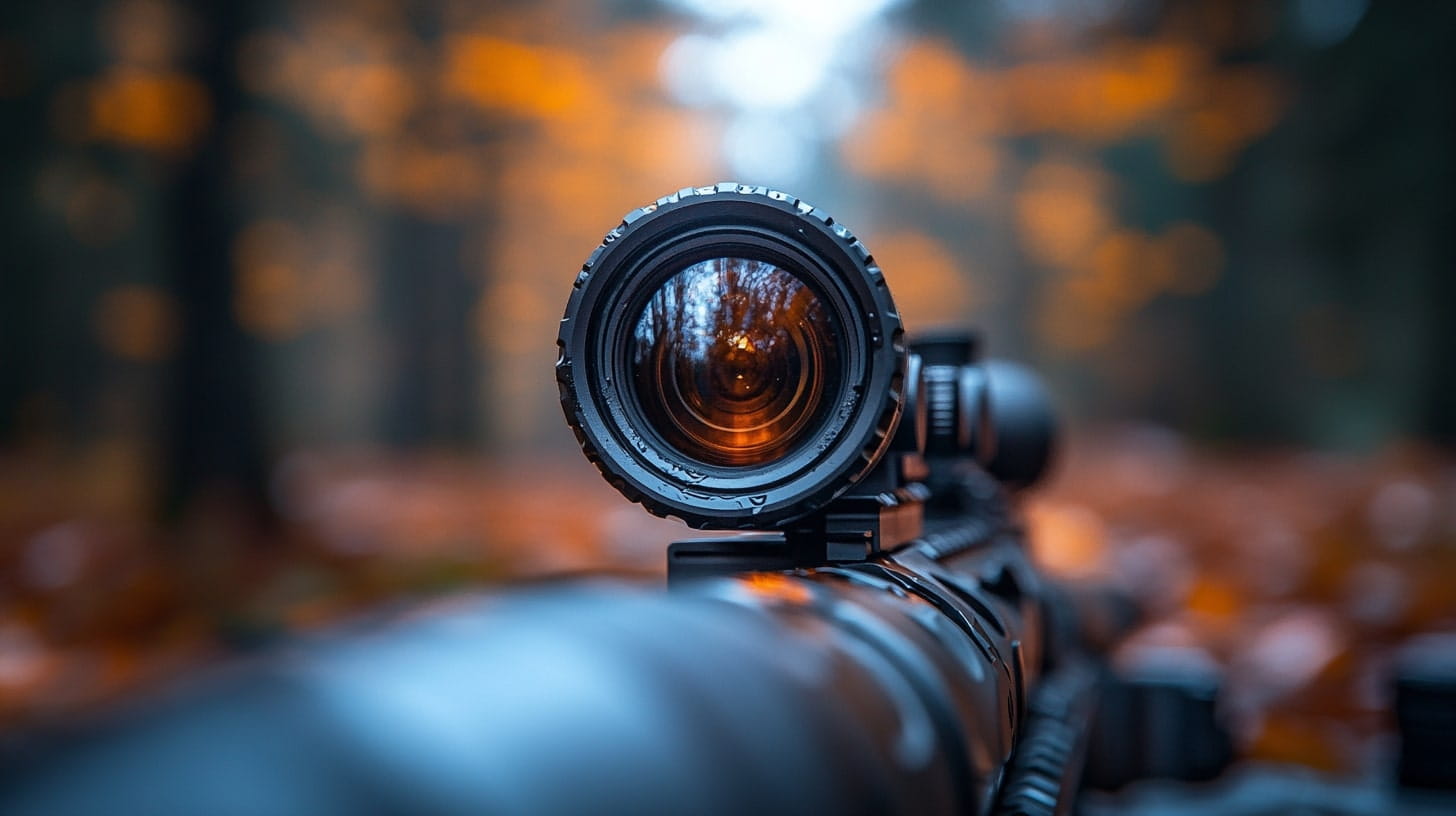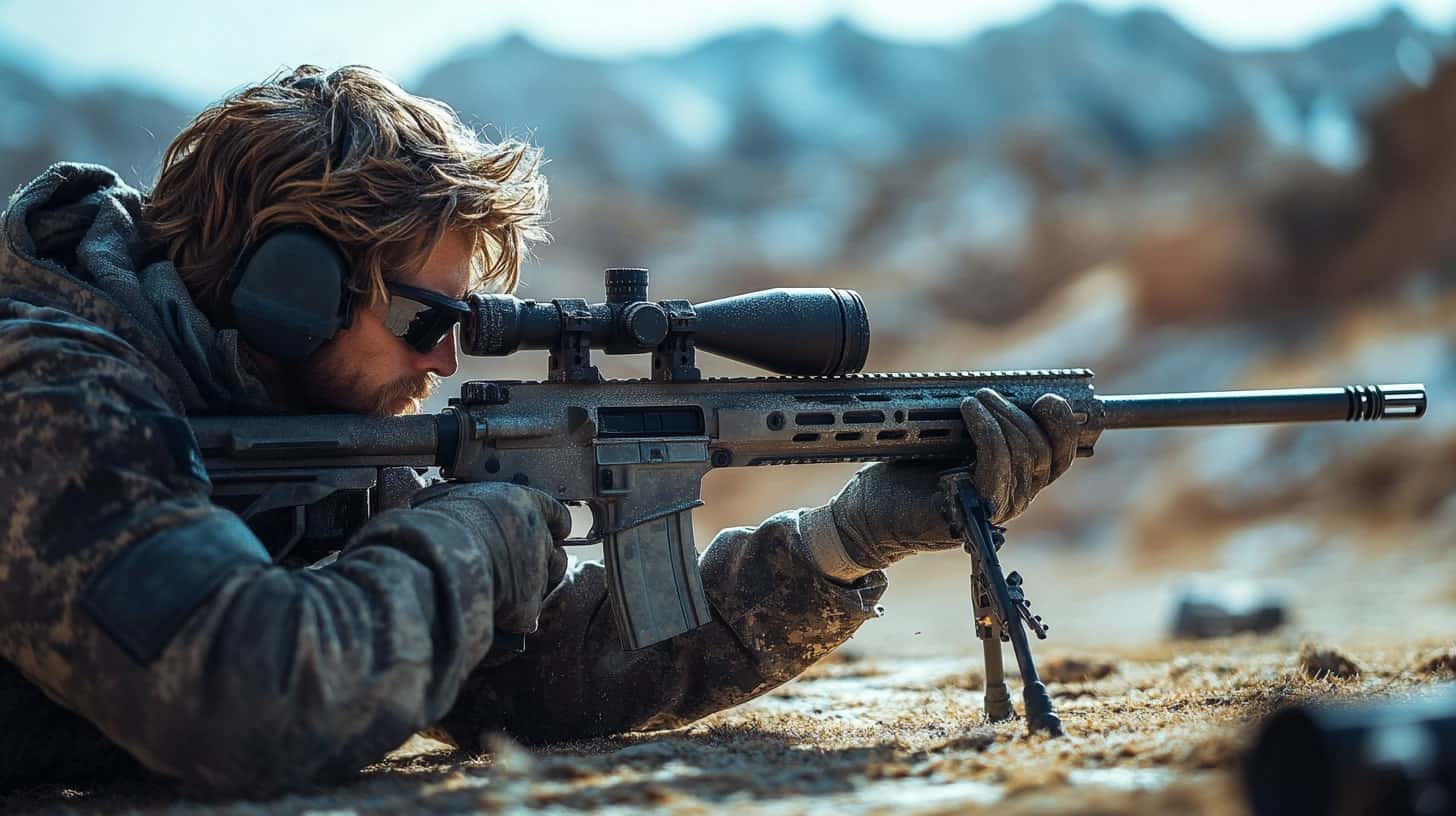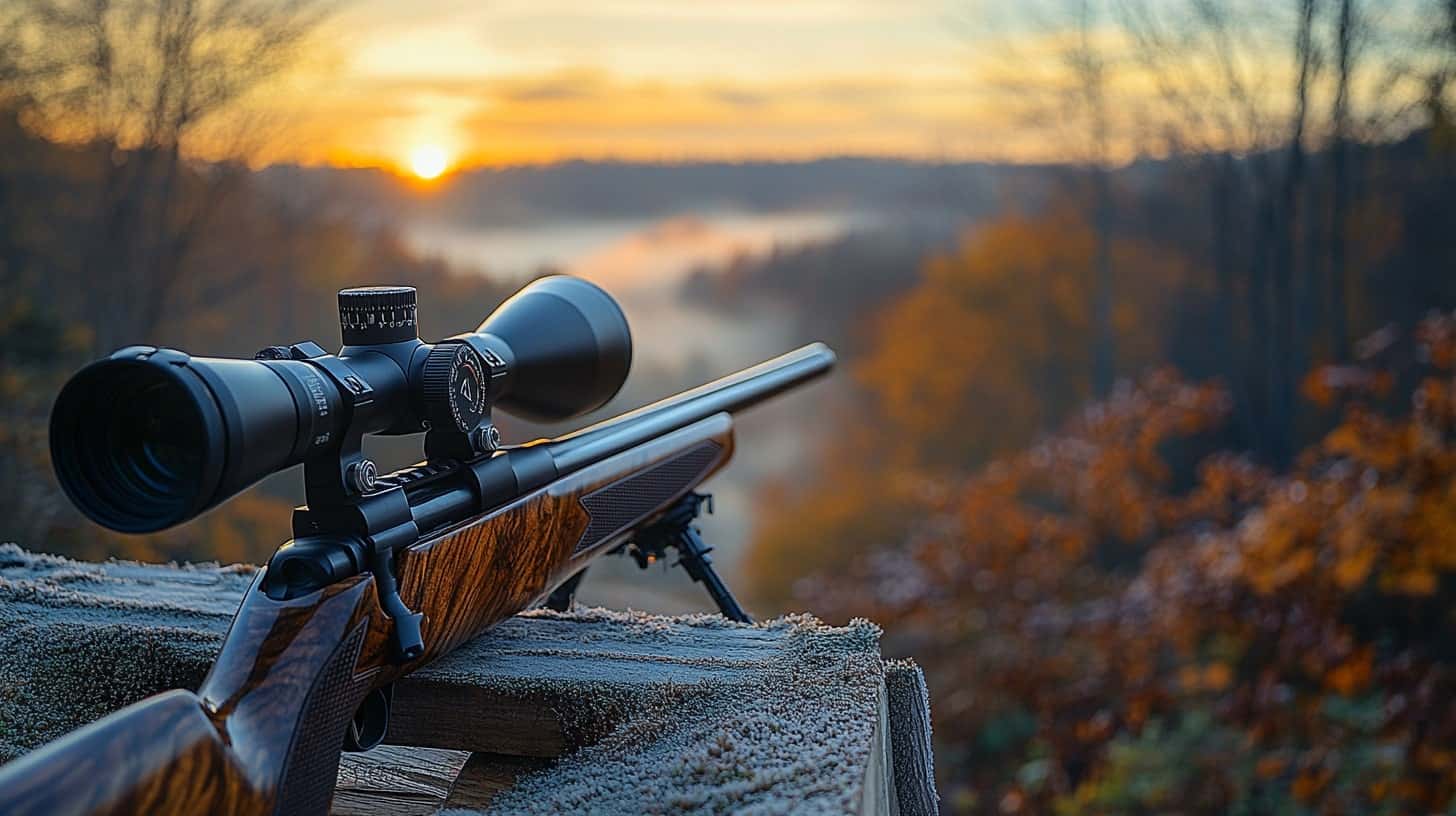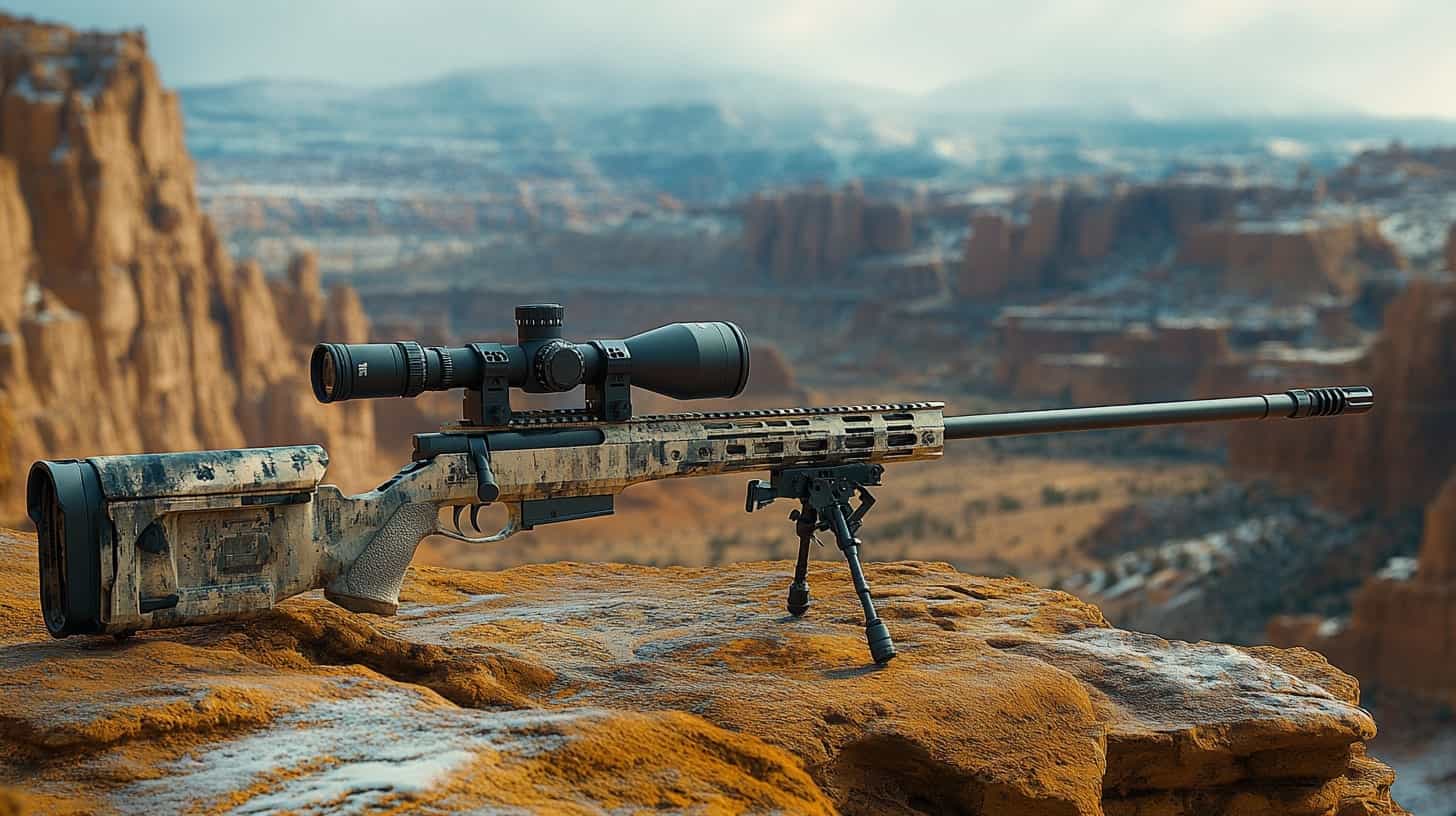
Choosing the Best Scope Mount – A Beginner’s Guide
Meta Description: Learn how to select the perfect scope mount for your rifle. Understand different types, proper installation, and compatibility with your optics.
Selecting the right scope mount is a crucial step in optimizing the accuracy and performance of your rifle. The mount serves as the bridge between the firearm and the optic, ensuring stability, proper alignment, and reliability. With the variety of mounts available, choosing the right one can be overwhelming. In this guide, we will cover the different types of scope mounts, how to determine compatibility, and key factors to consider for an optimal shooting experience.
Understanding the Different Types of Scope Mounts
There are several types of scope mounts, each suited for different purposes. The most common types include:
1. One-Piece Mounts
One-piece mounts provide a stable and robust platform for the scope. These mounts are typically used for high-recoil rifles, as they offer excellent durability and alignment. They are easy to install but may add extra weight and limit flexibility in mounting position.
2. Two-Piece Mounts
Two-piece mounts consist of separate front and rear rings. These mounts are popular due to their lightweight design and flexibility. They allow for better customization and often provide a more natural fit on bolt-action rifles.
3. Weaver Mounts
Weaver mounts feature a standardized base with slots that allow easy attachment of scope rings. They are widely used and offer versatility for different optics. However, compatibility with non-Weaver rings may be an issue.
4. Picatinny Mounts
Similar to Weaver mounts but with standardized spacing, Picatinny mounts provide a more secure and repeatable mounting system. They are preferred in military and tactical applications and offer compatibility with a wide range of accessories.
5. Dovetail Mounts
Dovetail mounts are often found on air rifles and rimfire firearms. They require specialized rings and may not be as secure as Weaver or Picatinny mounts but provide a sleek and lightweight solution.
6. Quick-Detach (QD) Mounts
QD mounts allow shooters to quickly remove and reattach their optics without losing zero. These are ideal for situations requiring frequent optic changes, such as switching between a scope and iron sights.
Factors to Consider When Choosing a Scope Mount
1. Rifle and Optic Compatibility
Ensure that the mount is compatible with both your rifle and scope. Check the base type (Picatinny, Weaver, etc.) and the ring size required for your scope’s tube diameter (typically 1 inch or 30mm).
2. Shooting Application
Different mounts are suited for different shooting disciplines. For hunting, lightweight two-piece mounts may be preferable. For long-range precision shooting, a stable one-piece mount provides better alignment.
3. Height and Eye Relief
The height of the mount determines the scope’s position relative to the shooter’s eye. Proper eye relief ensures a comfortable and clear sight picture. Choosing the right height prevents neck strain and improves shooting accuracy.
4. Material and Build Quality
Scope mounts are commonly made from aluminum or steel. Aluminum mounts are lightweight and corrosion-resistant, while steel mounts provide extra durability, particularly for high-recoil rifles.
5. Installation and Adjustability
Some mounts require specialized tools for installation, while others offer toolless adjustments. Consider how easily the mount can be installed and whether adjustments are necessary for windage and elevation.
6. Recoil Resistance
High-caliber rifles produce significant recoil, which can loosen poorly designed mounts. Opt for mounts with strong clamping systems and robust materials to withstand repeated recoil.
Installation Tips for a Secure Scope Mount
- Ensure a Clean Surface: Before mounting, clean the rifle’s rail or base to remove dust and debris.
- Use the Right Torque Settings: Over-tightening screws can damage the scope or mount. Follow manufacturer recommendations for torque values.
- Level the Scope: A properly leveled scope ensures accurate adjustments and prevents shooting errors.
- Apply Thread Locker: Using thread locker (e.g., Loctite) on screws prevents loosening over time due to recoil.
- Check for Proper Eye Relief: Adjust the scope position to achieve the best sight picture without excessive head movement.
Conclusion
Choosing the right scope mount is essential for achieving accuracy, durability, and ease of use with your rifle. Whether you opt for a one-piece, two-piece, or quick-detach system, ensure compatibility with your firearm and shooting application. Paying attention to factors like material, height, and installation methods will help you make an informed decision. By selecting a high-quality mount and properly installing it, you can enhance your shooting performance and enjoy a more reliable optic setup.




